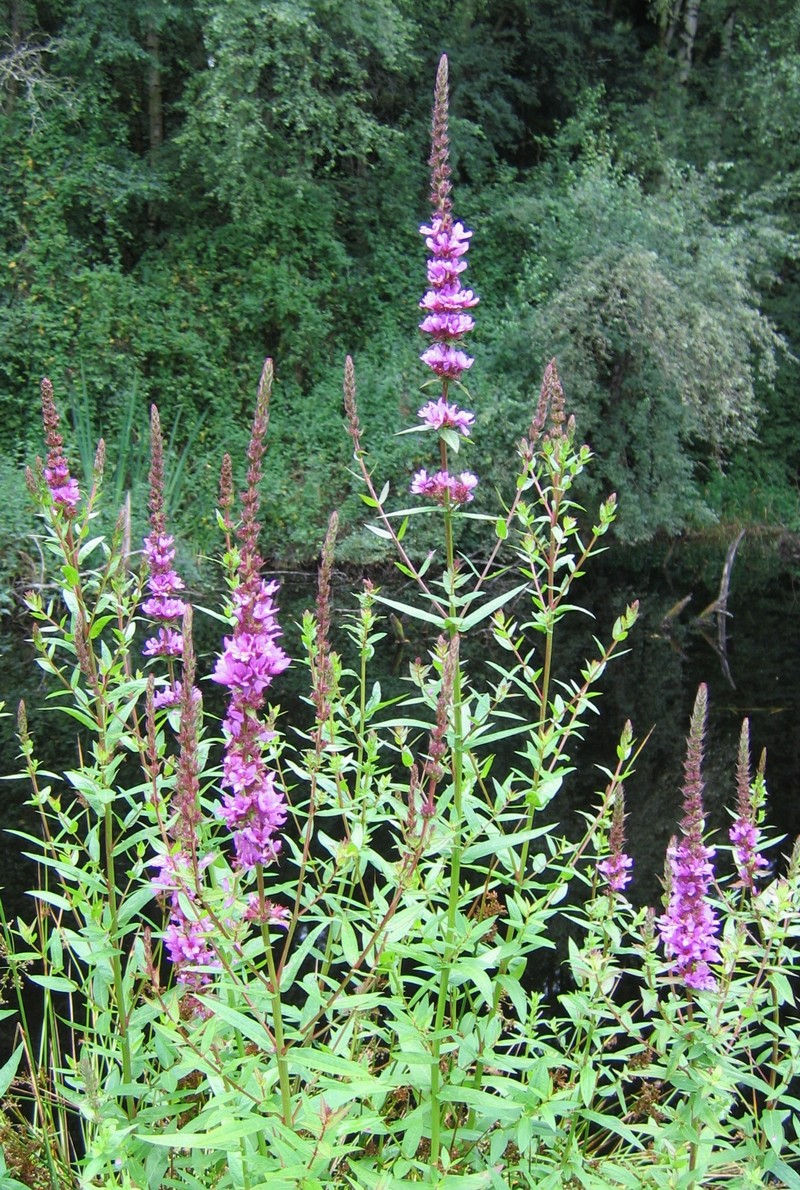Invasive Purple Loosestrife
- Crockery Lake Association

- Sep 20, 2022
- 1 min read

Invasive Purple Loosestrife has been found by the fishing dock in the park at Grose Park. We do NOT want this plant in our lake no matter how pretty it may look. Purple loosestrife is found along waterways, marshes and wetlands. It prefers sun, but, like most invasive weeds, it adapts well in many soil types. It grows into dense plantings, reduces then eliminating wildlife. Unfortunately, this plant is not liked by birds, mammals, or waterfowl. As the waterways are taken over by this single plant species, less and less habitat is available for our native wildlife to nest, eat and breed. It can take over a site very quickly. It not only reduces our native food supply and habitat for our wildlife, it also reduces water flow through areas, causing water quality to decline, increasing costs for dredging those waterways. Unfortunately, there are no natural predators, specifically insects, diseases and animals which attack the purple loosestrife. This makes the plant even more prolific in our wetlands. In Europe, Lythrum's native habitat, there are natural predators for this plant, keeping it in check, just as our native plant populations are kept in balance by natural predators here.
If you see it on your shoreline pull it out by the roots and put it in a plastic bag and dispose of it. Do not burn it or put it in a compost pile. Keep an eye out for it and make sure it doesn't get flowers.
Thank you for protecting our lake!




Comments